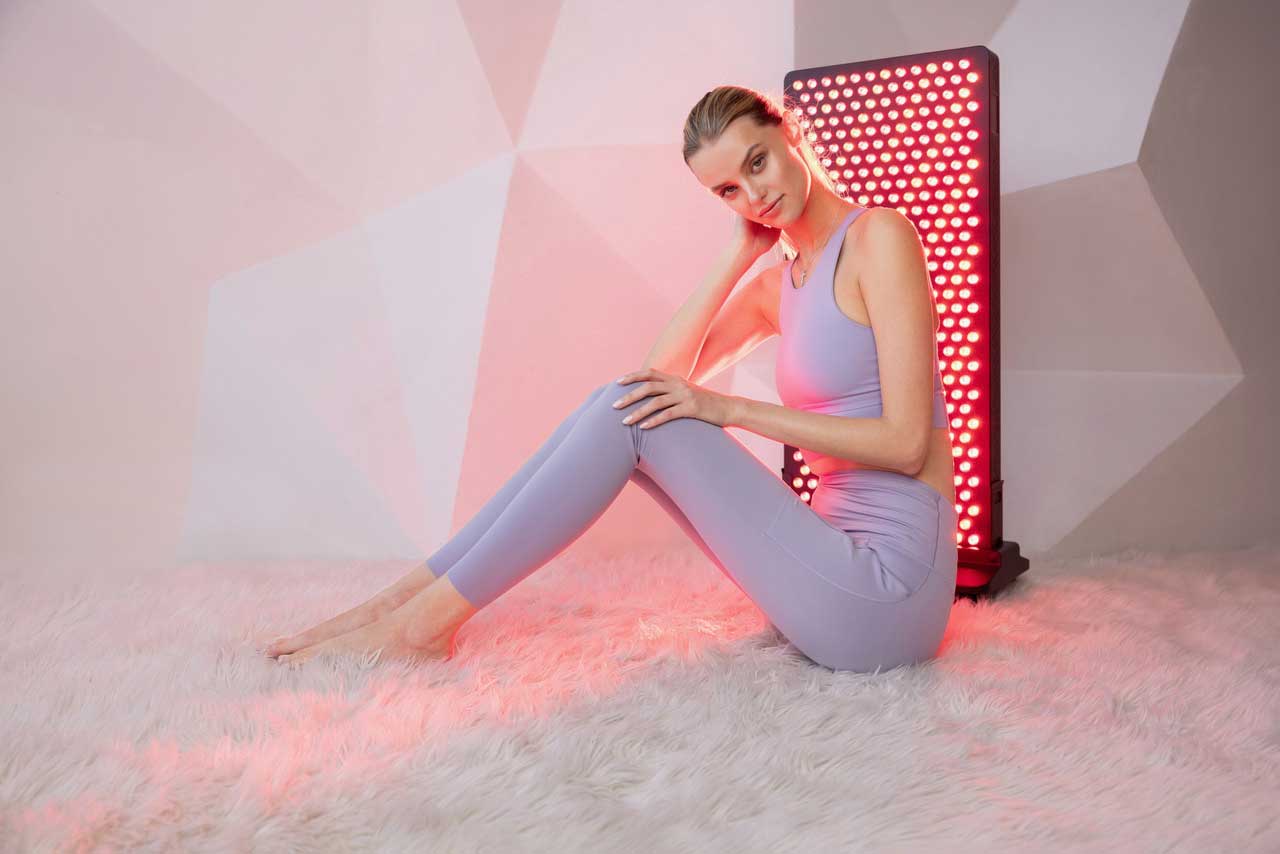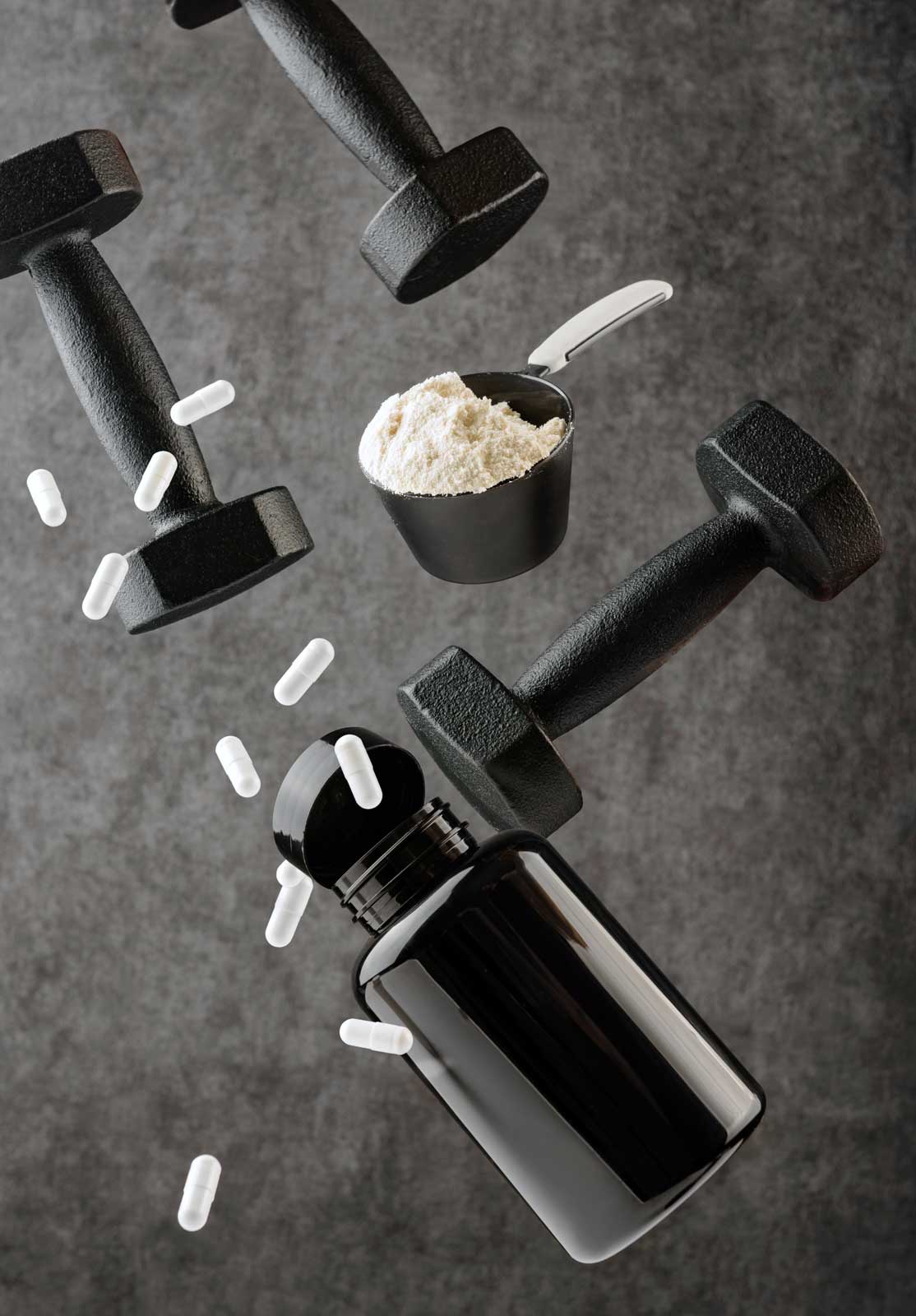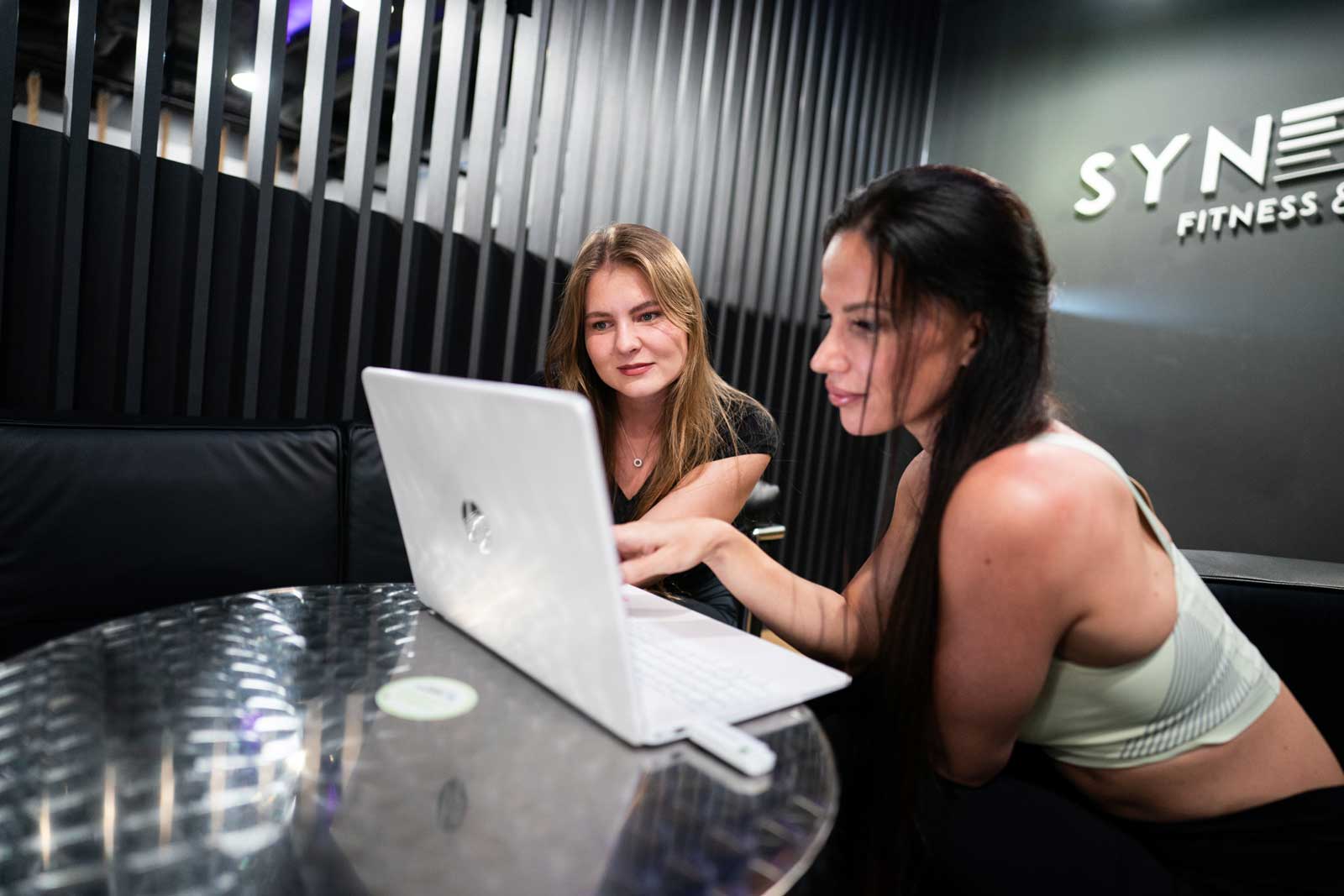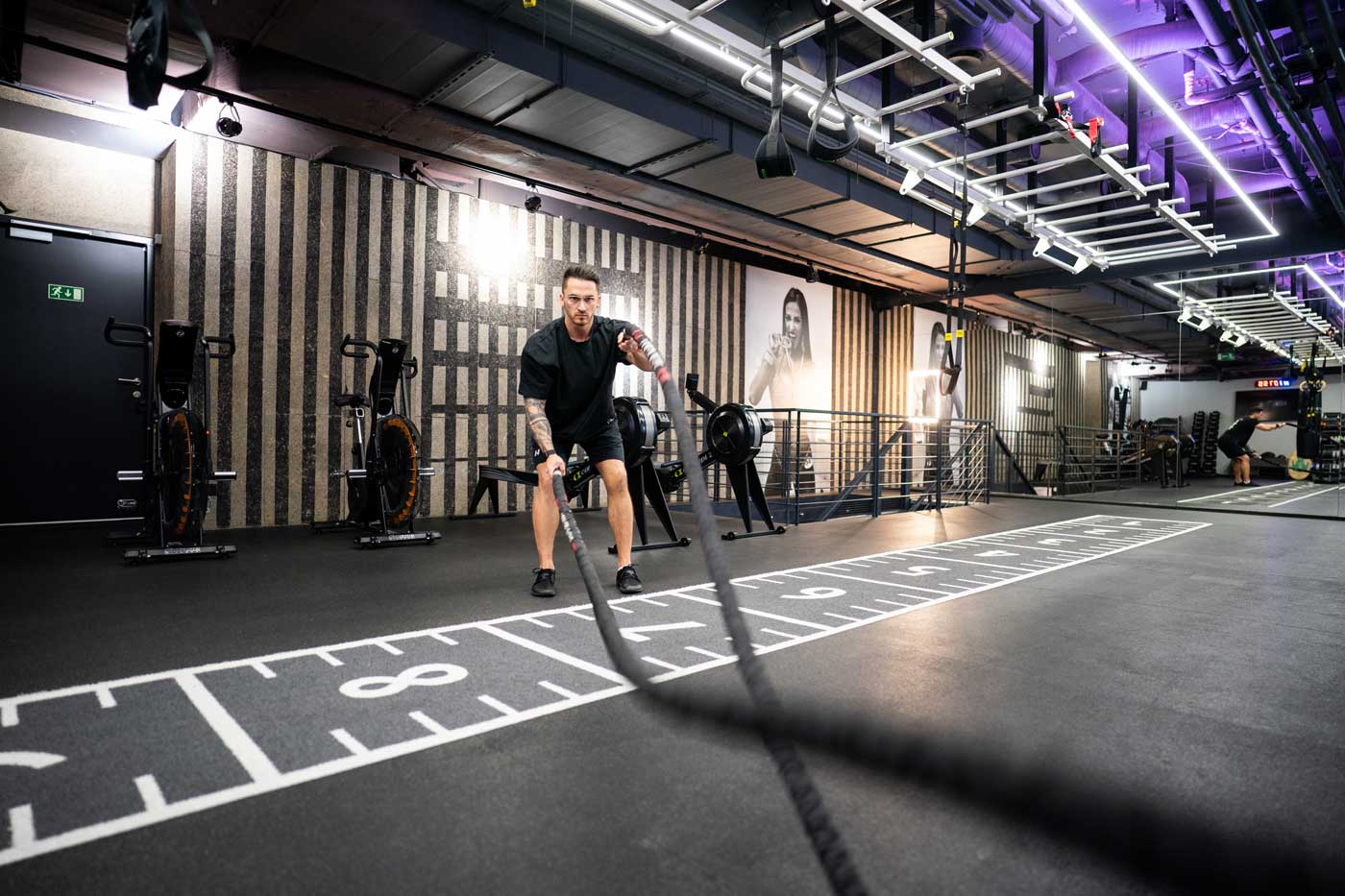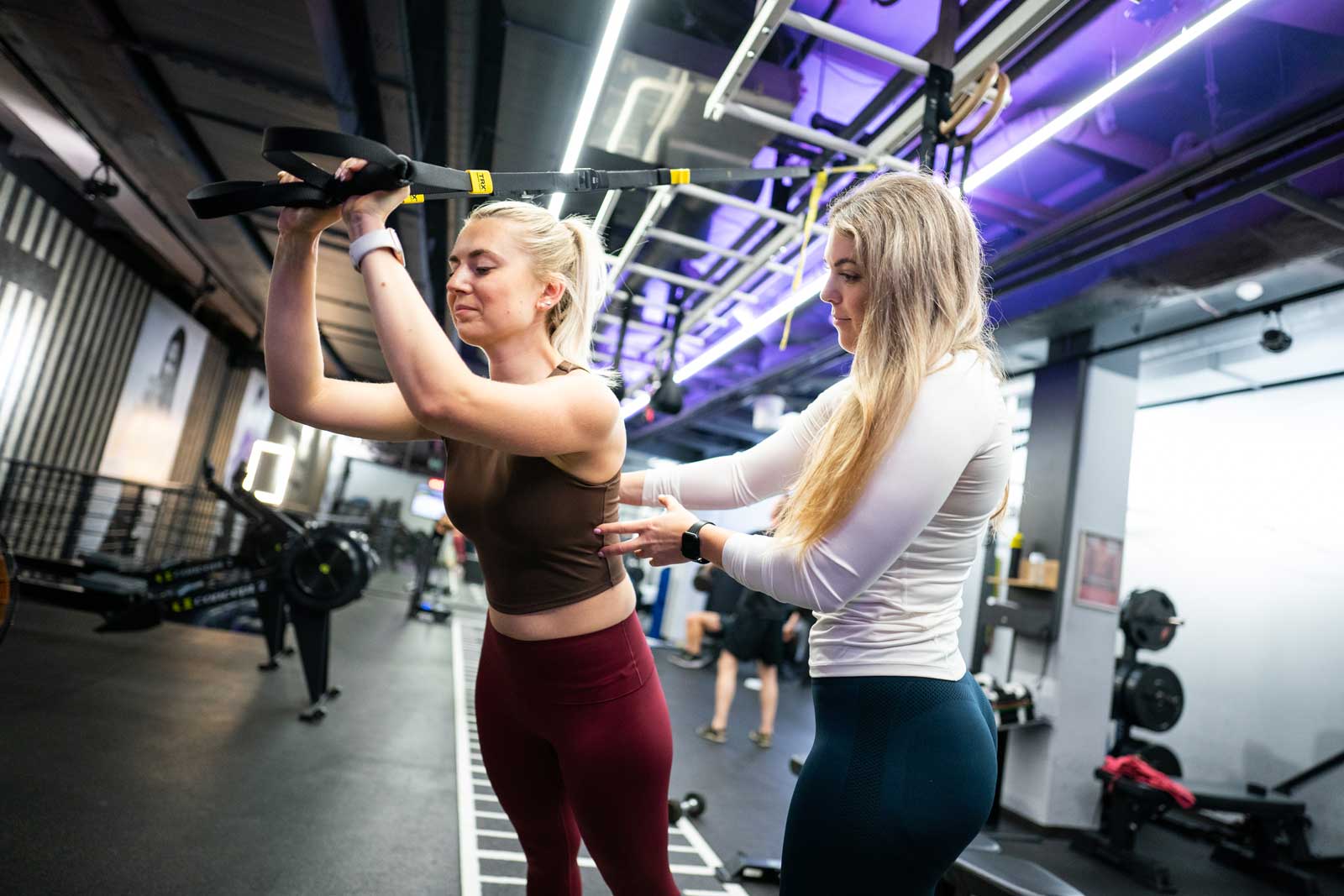Red Light Therapy (Photobiomodulation) – Revolutionary Recovery at the Cellular Level
Red and near-infrared light therapy, also known as photobiomodulation (PBM),
is a modern, non-invasive method that uses precise wavelengths of light to boost cell function, speed up recovery, and reduce inflammation. And it works at the deepest level – in the mitochondria, the “batteries” of our cells.
1
How it works at the mitochondrial level
The main target of PBM is the enzyme cytochrome c oxidase (CCO) in the mitochondria. When this enzyme absorbs red light (around 600–700 nm) or near-infrared light (around 770–1000 nm), a series of biochemical reactions begins:
- ATP production (the cell’s main energy currency) increases,
- nitric oxide (NO) is released, widening blood vessels and improving circulation,
- oxidative stress decreases and recovery processes are activated.
Research (např. Hamblin, 2017) shows that NIR light can stimulate mitochondrial biogenesis and restore cell function damaged by stress or lack of oxygen.
Simply put:
Mitochondria are like charging stations for every cell. When they’re tired or damaged, recovery slows down, energy drops, and inflammation rises. Red and near-infrared light give these “chargers” a boost – helping the body produce more energy for both repair and daily function.
Mitochondria are like charging stations for every cell. When they’re tired or damaged, recovery slows down, energy drops, and inflammation rises. Red and near-infrared light give these “chargers” a boost – helping the body produce more energy for both repair and daily function.
2
Differences between red and near-infrared light
Red light (630–670 nm):
- penetrates mainly into surface layers,
- improves skin health and collagen production,
- speeds up wound healing,
- supports hair growth and nail quality.
Near-infrared light (810–850 nm):
- penetrates much deeper – into muscles, joints, even some organs,
- supports post-exercise muscle recovery,
- reduces pain and inflammation,
- improves circulation and mobility.
Why the combination works best:
Red light works on the surface, NIR light goes deep. Used together, they deliver “full-service care” – from healthier skin to recovery of deeper tissues.
Red light works on the surface, NIR light goes deep. Used together, they deliver “full-service care” – from healthier skin to recovery of deeper tissues.
3
Practical use & scientific backing
Photobiomodulation is being researched and applied in many areas:
- Sports recovery – faster recovery after training, reduced muscle soreness.
- Orthopedics & rehabilitation – supports healing after injuries and surgeries.
- Dermatology – wound healing, acne treatment, skin quality improvement.
- Neurology – studies suggest potential benefits in neurodegenerative conditions like Alzheimer’s, and recovery after brain injury (Health.com, 2024).
4
Photobiomodulation & longevity programs
Abroad, red light therapy is becoming a common part of longevity programs – comprehensive strategies to slow aging and extend active life. It’s often combined with other biohacking methods: optimizing sleep, aligning circadian rhythms, reducing inflammation, and nutritional strategies.
Why? Because the ability of cells to produce energy (ATP) and resist damage is one of the key factors of longevity. When mitochondria work well, the body repairs itself better, has more vitality, and lowers the risk of chronic diseases.
Why? Because the ability of cells to produce energy (ATP) and resist damage is one of the key factors of longevity. When mitochondria work well, the body repairs itself better, has more vitality, and lowers the risk of chronic diseases.
5
Why Synergy Club is unique
Although PBM isn’t new to science, very few facilities actually offer it. At Synergy Club, we use the largest and most powerful Mitolight panel, combining six wavelengths to cover the whole body evenly and effectively. The therapy isn’t just for professional athletes – it’s available to anyone who wants cutting-edge technology for recovery, prevention, and overall wellness.
Summary for beginners
- What it is: Special light that helps your cells work better.
- How it works: Recharges your cells’ “batteries” (mitochondria), improves circulation, and supports repair.
- What it’s for: Faster recovery, less pain, healthier skin, more energy.
- Why at Synergy: We have top technology you won’t easily find elsewhere – and we integrate it into a complete wellness and longevity plan.
